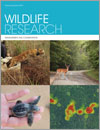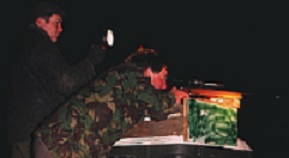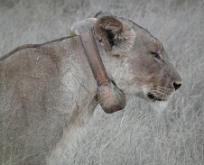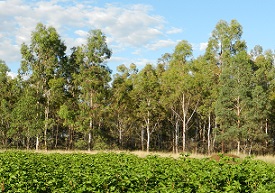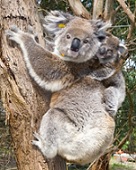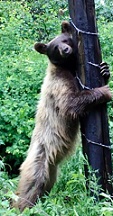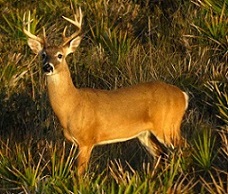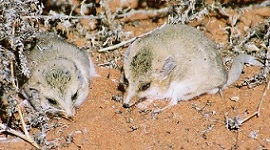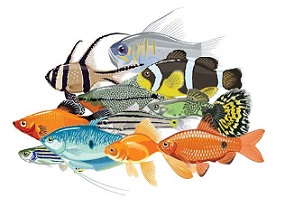WR18029Occupancy and abundance of free-roaming cats in a fragmented agricultural ecosystem
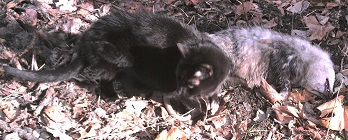
Free-roaming domestic cats are a widespread invasive species, occurring throughout the globe in urban and rural environments alike. We aimed to estimate cat occupancy and abundance within forested habitat in a fragmented agricultural region of Indiana, USA. Overall, we found the distribution of free-roaming cats across a rural agricultural landscape varied temporally and was associated with proximity to human structures and the proximity of other forest habitat. Similarly, abundance was found to vary spatially and temporally. Photograph by Zachary Olson.


